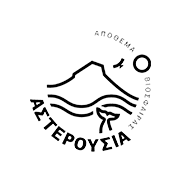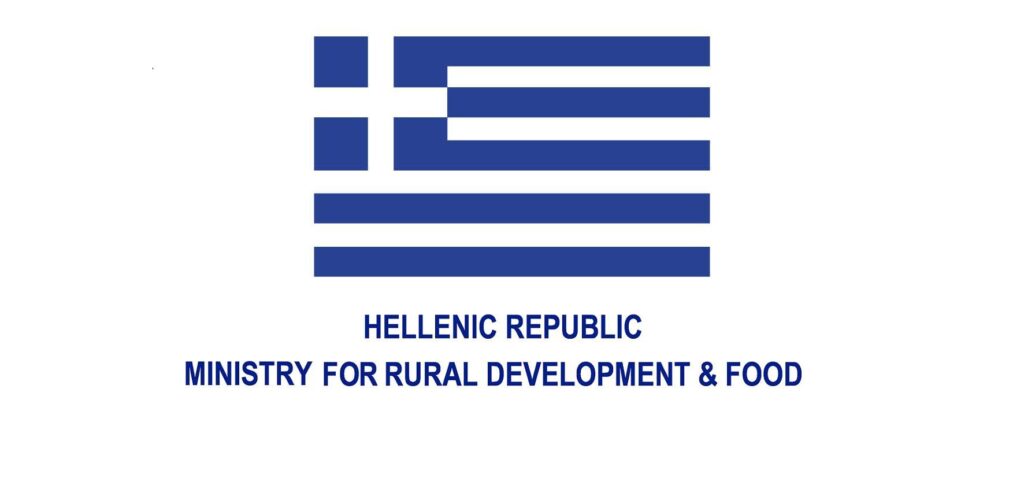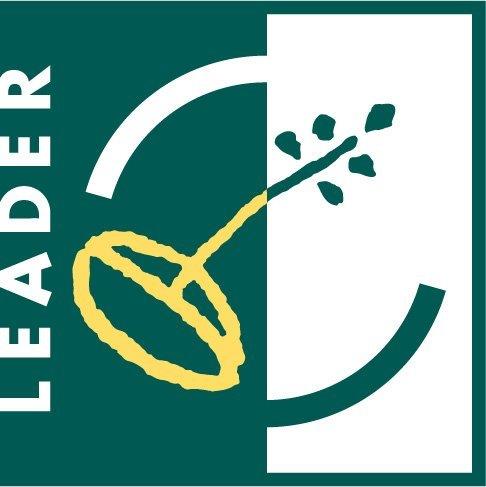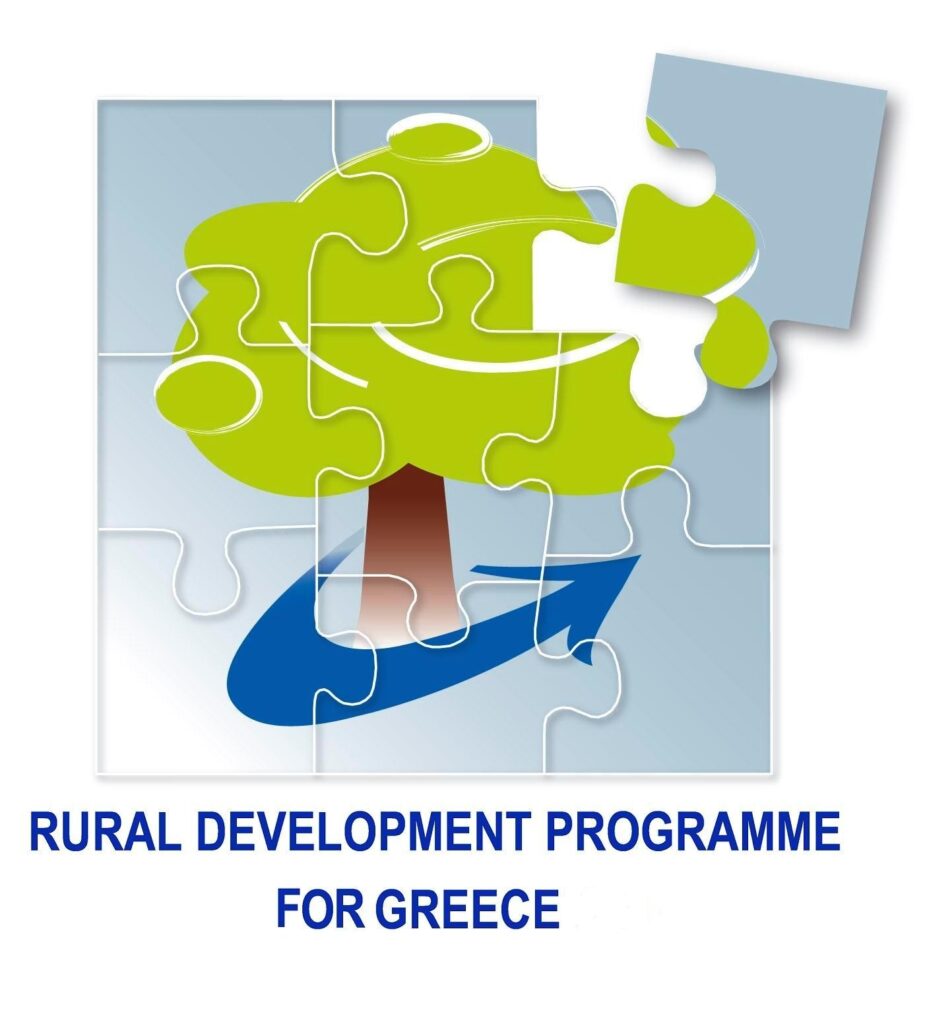Religion
- Home
- Religion
Religion
In recent years, many adjectives have been used to describe the Asterousia Mountains: “magical”, “imposing”, “eerie”, “mysterious”, “charming”. However, there is one adjective that can describe them more accurately that the rest and that is none other than “sacred”. Regardless of religion or era, Asterousia have always been sacred.
The Asterousia Mountains were known as the “Dikti Mountains” in the Minoan era, they were the “Sacred Mountains” during the Classical era, and the “Holy Mountains” during the Christian era.
Even their name is associated with both pre-Hellenic and Hellenic religion, as some connect it to the deified Asterion, the son of King Minos, while others to the forgotten worship of Zeus Asterion.
The Asterousia Mountains are the home to one of the oldest settlements (pre-palace settlements and vaulted tombs) of the first European civilization. Although the religion of the inhabitants is not clear as of yet, all evidence points to the fact that their object of worship was the mountain itself.
Mountaintop temples have been found on many Asterousia summits. Most important of all was the Temple of Kofinas, one of the largest and most ancient temples in the Minoan world that shaped the religious conscience of Minoan believers for centuries.
It is worth noting that although the Temple of Kofinas was the summit temple with the highest altitude in the Minoan world, it was not built on the peak of the mountain. It was located at a lower point, in front of the peak, making the peak itself an object of worship. Moreover, the thousands of idols discovered at the temple were placed by worshipers inside the crevices of the rocks, in the hopes that they would be granted protection or a cure for their aching limbs. In fact, Kofinas was known as “Dikti”, meaning “sacred” and the cave of Agios Antonios was known as “Diktaion Andron”, meaning “sacred cave”.
The worship of the summits coexisted with another kind of worship: the worship of the “bowels of the earth”. Therefore, in addition to the mountaintop temples, there were also sacred caves, dozens of which have been discovered throughout Asterousia. The most important of these caves during the Minoan era is said to have been the unexplored Cave of the Saints, west of Koudoumas. At its bottom one can find the “sacred pillar”, a complex structure of stalactites and stalagmites that have merged together into a column or pillar, which was thought to be the foundation of the world, the pillar that supports the earth.
The Minoan religion gradually took shape over the centuries. The natural phenomena that were worshiped in the beginning turned into anthropomorphic deities. The Mother Goddess, the “Potnia Theron”, and the God of Vegetation evolved and later formed the basis of the Twelve Olympian Gods. At the same time, with the arrival of the Greeks, the Minoan civilization started becoming Hellenized. However, Asterousia resisted as is was the territory of the Eteocretans, who were in effect the last true Cretans. During that transitional period, Asterousia did not lose its sacred quality. The worship of nature continued, with the Asterousian landscape becoming a vast natural temple.
During the Geometric period, there was also a religion with chthonic elements that was prevalent in the Kofinas region. Numerous tombs have been identified in Logarotopos that do not correspond to any facility or structure in the area. It is believed that this ancient place of worship was the burial ground of some believers who, through their death, attempted to resist the new customs of the northern tribes. Moreover, there is a wall that starts from the Metzolati area, right where the ancient temple lies, and extends north. This wall is still visible on the surface of the earth and is connected to that time period and its worship customs. It has been argued that it separated and demarcated two territories that oversaw the ministry and the Minoan temple. In fact, even nowadays livestock farmers in the area observe that this same wall separates certain bird territories.
The Cretans have always had this incredible ability to exert influence over those who conquered them. The conquerors did not change the Cretans; it was they themselves who underwent changes. Such is what happened with the Greeks who, among others, adopted the Cretan religion. Thus, the Great Mother would become Demeter in some areas and Athena or Estia in others. The “Potnia Thiron” would turn into Artemis or Vritomartis, and the young God of Vegetation would become Zeus.
At that time, the worship of Zeus prevailed in Asterousia. He was worshiped under many different epithets such as Skillios, Arvios, and Asterios or Asterion. The Cretan Zeus was born in Asterousia, at the Dikti Mountain and the Diktaion Andron, and gave his name to the entire mountain range.
Alongside Zeus, there were other Minoan deities that were adapted to the new circumstances and were worshiped in Asterousia, such as Eileithyia (Goddess of Childbirth) and Asclepius (God of Health). The cult of Asclepius grew during the Roman Period, with Asclepieions (temples dedicated to Asclepius) being built at Agia Kyriaki near Agiofaraggo, Lentas, Agios Ioannis in Kapetaniana, and Agios Nikitas in Achendrias. In fact, the Asclepieion of Lentas reached global renown, as even people from North Africa would come to visit it.
However, Asterousia also constituted fertile ground for Christianity, as it was blessed when the Apostle Paul passed from the area to preach and found the Church of Crete. The Apostle Paul stayed in Asterousia twice. The first time, he was shipwrecked – a well-known incident – and stayed in Kaloi Limenes. The mere mention of this event in the New Testament was enough to make this area a sacred place for the Christian faith.
Centuries later, Christians all over the world, regardless of doctrine, would mention Kaloi Limenes, Lasaia, and Asterousia in their prayers.
Moreover, in the Letter to Titus it is hinted that he had paid another visit to Crete, despite this fact not being mentioned in the Acts of the Apostles. All scripture scholars accept that Paul, thanks to his acquaintances in Asterousia, visited the capital of Cyrenaica, Gortyn once more during his fourth apostolic voyage, when he installed Titus as the first Bishop of Crete.
Asterousia has preserved the memory of the now legendary visits of the Apostle by constructing a number of temples and protecting archeological relics and remains (Paranyfoi, Kamatera, Odigitria, Ai Giannis, Melika, etc.).
The seeds the Apostle of the Nations had sowed in Asterousia really flourished, with its inhabitants immediately embracing Christianity. In the 13th century, despite the terrible persecutions led by Roman Emperors, the residents of the prosperous cities of Asterousia had become devout followers of the new religion, even sacrificing their lives for it. Among them was the global Saint Pompios of Levina who shed his blood and set the Holy Mountain on its Christian path.
After the persecutions had ceased, numerous basilicas were built on all beaches of Asterousia. Brilliant early Christian basilicas have been discovered not only along the south coast, but also in historical sites all over the region, such as Levina, Inatos, Raxos, Agioi Eftychianoi, Agios Kyrillos, Kaloi Limenes, Lentas, Tsoutsouras, Charakas, Kastelliana.
During the first Byzantine period, Asterousia was associated with several great Saints, such as the Bishops Cyril, Eumenius, and Eftychian, as well as a large number of other holy figures. The most important of those Saints was Saint Andrew of Crete, who used to visit Asterousia to calm down and be inspired. In fact, it is speculated that this is where he wrote his leading work “The Great Canon”, as well as the hymn “My soul, o my soul, rise up! Why art thou sleeping?” (“Ψυχὴ μου, ψυχὴ μου, ἀνάστα, τὶ καθεύδεις;”).
In addition, the re-evangelization of Crete during the Second Byzantine period also started in Asterousia. It was in Raxos where John heard the divine Voice that gave him the order to discover the tombs of the Saints.
However, because Asterousia did not recover their number of settlements and inhabitants, the bulk of the mountain remained deserted, with monasticism reaching the peak of its prosperity. At that time, organized monasticism really prospered and developed, most importantly in the monastery of Agioi Eftychianoi. Asterousia had effectively become the Holy Mountain of Crete.
However, the ultimate achievement of monasticism in the Asterousia Mountains is the noetic prayer. Also referred to as the “Prayer of the Heart”, this is the one true way to pray seeing as it aims to lead the mind into the heart. The first seeds of this type of prayer appeared in the Monastery of Vathmos. They then sprouted and bore fruit in the Monastery of “Kyrie Eleison”, and subsequently spread to all of Asterousia. Its definition was coined by Joseph Vrienios, Filagrios’ companion.
Saint Gregory found himself in Asterousia in the 14th century when the resisting theologians began gathering around Kofinas. There, he met Arsenios and many other Holy ascetics, who taught him the ways of “Theoria” (contemplation), “Nepsis” (wakefulness) and “Pure Prayer”. He then transmitted this knowledge to Mount Athos and perfected in three stages.
The result of the noetic prayer was the great pan-Orthodox Hesychasm movement and the rise of asceticism and noetic theology. The Monastic Republic of Mount Athos can still speak to the souls of its inhabitants and visitors thanks to the noetic prayer that it learned from the Holy Mountain of Crete.
During the Venetian occupation, a new reality established itself in Crete when the creation of uniate churches imposed by the Vatican led bright clergymen to move and become active in the deserted and distant land of Asterousia. The Conquerors, and especially the Vatican, thought that the only way to control the Cretans was to alter their sense of national identity, and, to do that, they had to cut them off from Orthodoxy. They therefore banned the presence of Orthodox Hierarchs in Crete, who were replaced by Roman Catholic bishops with the same title and the same rites. The Cretans were forced to submit to the Pope of Rome instead of the Ecumenical Patriarch. The Ecumenical Patriarchate then allowed ordinary monks to settle in Crete in order to guide the Orthodox Cretans.
At that time, the movement of the resisting theologians was born in Crete. These were educated men who later composed the entirety of the Orthodox world. The most well-known resisting theologian was the monk Joseph Filagris or Filagrios from Chandakas. The Patriarchate gave him the title of “Teacher and Just Man of Crete”. His goal was to teach and preserve the Cretan faith, language, and national identity. However, he was unable to fulfill his mission in the capital of Crete, as the Venetian administration and the army would never allow it. Therefore, in the mid-14th century, he left the city and settled in Asterousia.
He founded the Monastery of the Three Hierarchs in Lousoudi, a near impassable remote area, where he and a significant number of students lived communally. This school taught philosophy, rhetoric, grammar, dogmatic theology, proverbs, and the words of sages. However, he mostly focused on authors and philosophers of antiquity, especially Plato and Aristotle. The importance of Filagrios’ work is immeasurable. When all of Europe was still in the Middle Ages, a monk in the distant Asterousia taught, discussed, and spread the ideas of Aristotle.
For the second time, however, the brilliant course of the region of Asterousia was impeded. The Ottomans conquered Crete, interrupting the Cretan Renaissance and destroying everything it had created.
The Asterousia Mountains became a battlefield, as the last remaining defenders took refuge there, hidden in the dense vegetation of the multifaceted mountains. For ten consecutive years, the Turks burned the forests of Asterousia, stripping them naked so that they could control the rebels. The monasteries were destroyed and only two remained: the Monastery of Apezana and the Monastery of Odigitria.
In the 19th century, monasticism took a different form with monks turning into warriors. Those who could not tolerate being conquered flocked to the monasteries of Asterousia. Monasticism became an act of resistance and monk captains took part in every great revolution. One of the most notable examples is the Asterousian Joasaf Markakis, also known as the legendary Xopateras, who would fight alone against thousands at the Monastery of Odigitria in one of the most unbelievable battles in history!
Later on, monk brothers Parthenios and Eumenios Charitakis attempted to bring things back to how they were before. These great Saints spent their entire lives in Asterousia, finally settling in the Koudouma Monastery, which they had re-established.
In the 19th century, other Holy figures also emerged from Asterousia, such as Theodoros, who died a few years ago in Kefali, and Saint Eumenios Saridakis.
The worship practices of the Minoan and Pre-Christian period were followed by the Christian era, which assimilated and maintained the existing customs. Some of these survive unchanged to this day, such as the Sacred Dreams and the Worship of Trees. The most authentic tree worshiping ceremony in existence has been held every single year at the peak of Kofinas near Lousoudi.
What is most moving about the “Holy Mountain” of Crete is its religious history, as well as the timelessness of its religious tradition.
Co-funded by Greece and the European Union





